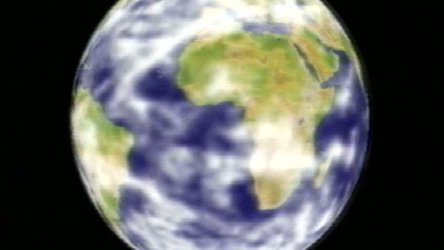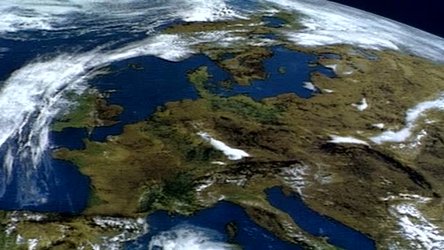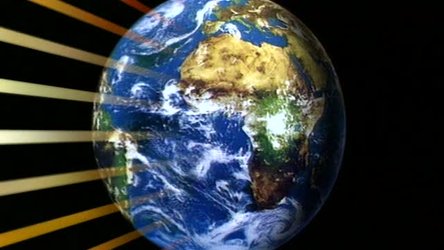Accept all cookies Accept only essential cookies See our Cookie Notice

About ESA
The European Space Agency (ESA) is Europe’s gateway to space. Its mission is to shape the development of Europe’s space capability and ensure that investment in space continues to deliver benefits to the citizens of Europe and the world.
Highlights
ESA - United space in Europe
This is ESA ESA facts Member States & Cooperating States Funding Director General Top management For Member State Delegations European vision European Space Policy ESA & EU Space Councils Responsibility & Sustainability Annual Report Calendar of meetings Corporate newsEstablishments & sites
ESA Headquarters ESA ESTEC ESA ESOC ESA ESRIN ESA EAC ESA ESAC Europe's Spaceport ESA ESEC ESA ECSAT Brussels Office Washington OfficeWorking with ESA
Business with ESA ESA Commercialisation Gateway Law at ESA Careers Cyber resilience at ESA IT at ESA Newsroom Partnerships Merchandising Licence Education Open Space Innovation Platform Integrity and Reporting Administrative Tribunal Health and SafetyMore about ESA
History ESA Historical Archives Exhibitions Publications Art & Culture ESA Merchandise Kids Diversity ESA Brand Centre ESA ChampionsLatest
Space in Member States
Find out more about space activities in our 23 Member States, and understand how ESA works together with their national agencies, institutions and organisations.
Science & Exploration
Exploring our Solar System and unlocking the secrets of the Universe
Go to topicAstronauts
Missions
Juice Euclid Webb Solar Orbiter BepiColombo Gaia ExoMars Cheops Exoplanet missions More missionsActivities
International Space Station Orion service module Gateway Concordia Caves & Pangaea BenefitsLatest
Space Safety
Protecting life and infrastructure on Earth and in orbit
Go to topicAsteroids
Asteroids and Planetary Defence Asteroid danger explained Flyeye telescope: asteroid detection Hera mission: asteroid deflection Near-Earth Object Coordination CentreSpace junk
About space debris Space debris by the numbers Space Environment Report In space refuelling, refurbishing and removingSafety from space
Clean Space ecodesign Zero Debris Technologies Space for Earth Supporting Sustainable DevelopmentApplications
Using space to benefit citizens and meet future challenges on Earth
Go to topicObserving the Earth
Observing the Earth Future EO Copernicus Meteorology Space for our climate Satellite missionsCommercialisation
ESA Commercialisation Gateway Open Space Innovation Platform Business Incubation ESA Space SolutionsLatest
Enabling & Support
Making space accessible and developing the technologies for the future
Go to topicBuilding missions
Space Engineering and Technology Test centre Laboratories Concurrent Design Facility Preparing for the future Shaping the Future Discovery and Preparation Advanced Concepts TeamSpace transportation
Space Transportation Ariane Vega Space Rider Future space transportation Boost! Europe's Spaceport Launches from Europe's Spaceport from 2012Latest
Meteosat: A Brief History Of Weather
This video focuses on the Meteosat satellite, which provides data on weather variables to meteorological centres to be incorporated into weather forecast predictions. In order to understand climatic changes and how stable the weather system is, it is important to know the history of Earth’s weather. A brief history, starting 4,5 billion years ago, is provided. Observations are made about the differences in planetary neighbours Earth, Venus and Mars, despite their similar origins.
The history of our weather is largely driven by forces beyond Earth, deep in the solar system: sun, Earth’s orbit, Earth’s axis tilt, volcanic nature of Earth, galactic rubbish. Animations show what the Netherlands, ice and sea levels in northern regions and the Sahara would have looked like 50 000 years ago. Images of Earth from Meteosat are shown for the years: 1991, 1981, 1973 and 1968. Scientists actually know very little about Earth, its weather and how it all works. ESA’s ERS-1 provides data on Earth, allowing scientists to connect the present to the past.
-
CREDIT
ESA -
LICENCE
ESA Standard Licence
-
Documentary
-
-
-
-
3D models Animations Antenna Artist's impressions Big bang Carbon dioxide Clean room Climate Change Clouds Currents Data Data relay Deserts and desertification Earth Earth views (taken by satellites ) Ecological studies Energy Energy release Environment health ERS results Eruptions Forecasts Global change Greenhouse Halley's comet Historic Footage Ice Illustrations Images Mars Meteo Methane Nitrogen Ocean circulation Ocean currents Origin of life Origins of universe Pollution Precipitation prediction Remote sensing Satellite image Satellites Solar energy Starbirth Storms Sun Temperature Venus Venus atmosphere Volcanoes Water and ice on planets Water vapour Weather Weather forecasts Weather systems Winds

Meteosat: A Brief History Of Weather - Italiano.

MSG - The History of Weather Forecasting

Meteosat: A Brief History Of Weather - English.

Meteosat: A Brief History Of Weather - French.















 Germany
Germany
 Austria
Austria
 Belgium
Belgium
 Denmark
Denmark
 Spain
Spain
 Estonia
Estonia
 Finland
Finland
 France
France
 Greece
Greece
 Hungary
Hungary
 Ireland
Ireland
 Italy
Italy
 Luxembourg
Luxembourg
 Norway
Norway
 The Netherlands
The Netherlands
 Poland
Poland
 Portugal
Portugal
 Czechia
Czechia
 Romania
Romania
 United Kingdom
United Kingdom
 Slovenia
Slovenia
 Sweden
Sweden
 Switzerland
Switzerland



























